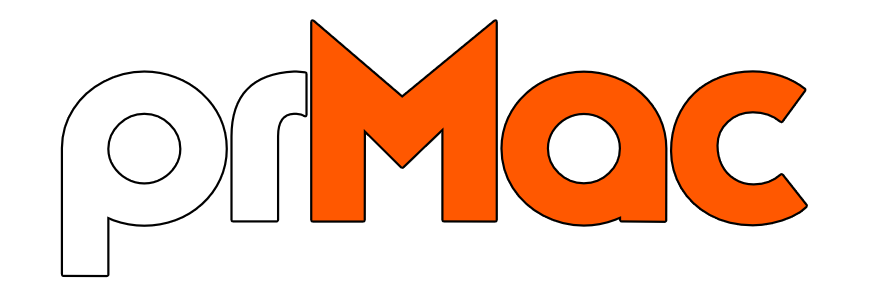The textured beauty industry is more than a trend—it’s a movement with lasting influence. From cultural significance to product innovation, textured hair brands have carved out a powerful space in the beauty market by focusing on authenticity, community, and creativity. Startups across all sectors can learn valuable lessons from these brands, especially when it comes to targeting a specific audience, creating loyal customers, and scaling with purpose. In this guide, we’ll explore what makes textured tresses so unique, how to position niche products like curly hair extensions for success, and why storytelling and data go together for growth.
Understanding the Power of the Textured Hair Market
The textured hair care market has blossomed into a billion-dollar industry, fueled by a growing number of consumers embracing their natural curls, coils, and kinks. At the forefront of this demand is the Kinky Curly Hair Weave, a standout product that exemplifies the industry’s shift toward authenticity and inclusion. This growth is about more than just beauty—it’s a powerful movement centered on identity, empowerment, and representation. For entrepreneurs eager to tap into this space, there’s a clear opportunity to serve a passionate and loyal customer base that values both style and substance.
Known for its realistic texture and natural appearance, the Kinky Curly Hair Weave has earned consumer trust for its ability to closely mimic authentic strands. Its appeal lies in how effortlessly it blends with natural textures, allowing wearers to express themselves confidently without compromising their look. This niche product doesn’t just offer style—it provides a sense of pride and connection to one’s roots.
Niche Focus and Branding: Why It Works
Niche products thrive because they cater to specific needs that mainstream markets often overlook. In the case of textured tresses, consumers are seeking products designed with their curl patterns, styling routines, and cultural aesthetics in mind. This high level of specificity allows niche hair brands to develop deeper customer relationships and craft targeted branding that truly resonates.
To replicate this kind of growth, apply these practical Business Tips for Success to your own niche venture. Begin by understanding your audience inside and out—what are their pain points, values, and aspirations? Use this insight to craft messaging that feels personal and solutions that are practical. Keep your branding cohesive, from product names to packaging, and ensure your visuals represent your audience authentically. These details build trust and create a brand that feels both relatable and aspirational.
Building Loyalty Through Authenticity and Value
One of the biggest advantages textured beauty brands have been community. The consumers supporting these brands aren’t just looking for products—they’re looking for connection, empowerment, and representation. Loyalty is built when a brand aligns with its audience’s identity and delivers consistent value.
What makes curly tresses unique is their versatility and individuality. From tight coils to loose spirals, each pattern tells a different story. When a brand embraces this diversity and tailors its offerings to different textures, it shows that it understands its customers. Offering education—such as curl care guides, product tutorials, and real-user testimonials—also strengthens engagement and trust. Reward programs, personalized consultations, and responsive customer service are all simple ways to show appreciation and keep your audience coming back.
Promoting with Purpose: Product Positioning and Growth
Successful product expansion starts with positioning. For textured tresses, it’s not just about selling bundles—it’s about promoting a lifestyle. To market curly extensions effectively, brands need to invest in storytelling. Visual content is essential—showcase different styles, curl types, and real-life transformations. Use platforms like Instagram, TikTok, and YouTube to provide styling tips, maintenance hacks, and product reveals. These forms of content not only drive engagement but also educate new customers on how to get the most from their purchase.
It’s also important to highlight the benefits of your product, such as ease of blending, protective styling potential, and natural appearance. Help customers see how your extension can elevate their look while caring for their strands underneath. For those wondering how to make their curly mane more attractive, promoting lightweight, bouncy, and realistic bundles with styling support can make all the difference.
FAQs: Learn More About Scaling in the Textured Hair Space
Q: How big is the textured hair market?
A: It’s a multi-billion-dollar industry with strong year-over-year growth, driven by rising demand for inclusive and culturally relevant beauty solutions.
Q: How can a brand build loyalty among its customers?
A: By offering authentic, high-quality products, personalized experiences, and content that reflects the values and identity of its audience.
Q: Why finding your niche is key to your business success?
A: A niche allows you to serve a specific audience better, stand out in saturated markets, and build more meaningful customer relationships.
Q: What makes curly hair unique?
A: Its diverse patterns, volume, and versatility—each curl type has specific care needs and aesthetic possibilities, making it a deeply personal texture.
Q: How to promote hair extensions?
A: Use visual storytelling, educational content, real-customer transformations, and platform-specific strategies like tutorials and influencer reviews.
Q: How can I make my curly hair more attractive?
A: By using moisture-rich products, protective styles, and natural-looking extensions that enhance your curl pattern without damage.

